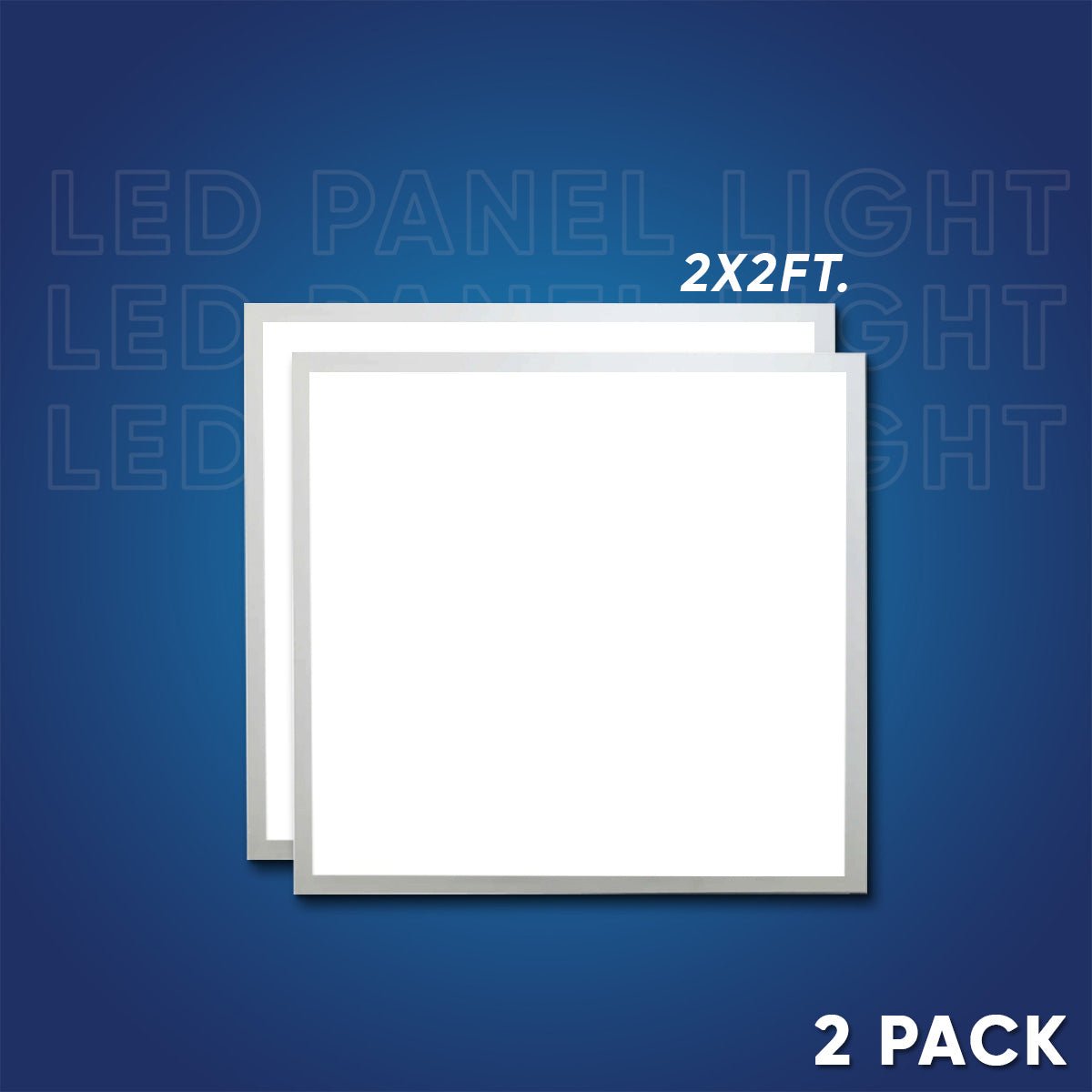Introduction
Retail lighting is often underestimated in its importance, yet it plays a crucial role in shaping the ambiance, enhancing the shopping experience, and ultimately influencing customer behavior. In this article, we'll delve into the intricacies of lighting a retail store effectively, from understanding its impact to implementing the right fixtures and strategies.
The Impact of Retail Lighting
Imagine walking into two different retail stores: one brightly lit with warm, welcoming light, and the other dimly lit with harsh fluorescent bulbs. Which store would you feel more inclined to explore? The answer is likely the former. Lighting sets the mood and creates an atmosphere that can either attract or deter customers. Studies have shown that proper lighting can increase sales and dwell time, while poor lighting can have the opposite effect, driving customers away.
Types of Retail Light Fixtures
When it comes to retail lighting, there is no one-size-fits-all solution. Different types of light fixtures serve different purposes and aesthetics. From recessed downlights and LED Panel lights to pendant lights and LED strips, each fixture has its unique characteristics and benefits. Understanding the pros and cons of each type is essential in creating the desired ambiance and highlighting products effectively.
Choosing the Right Lighting for Your Store
Selecting the right lighting fixtures for your retail store involves considering various factors such as the store layout, branding, target audience, and the type of merchandise being sold. For instance, a high-end boutique may opt for elegant chandeliers and accent lighting to create a luxurious atmosphere, while a sports store may prefer bright, energetic lighting to enhance visibility and promote an active vibe.
Creating a Lighting Plan
A well-thought-out lighting plan is essential for achieving uniform illumination and highlighting key areas of the store effectively. This involves determining the placement of fixtures, the intensity of light, and the color temperature to create the desired ambiance. A layered lighting approach, which combines ambient, task, and accent lighting, can help create depth and visual interest in the space.
Highlighting Products
In retail environments, lighting plays a crucial role in showcasing merchandise and enticing customers to make purchases. By strategically positioning spotlights, track lighting, and display case lighting, retailers can draw attention to key products, create focal points, and guide customers through the store seamlessly. Lighting can also be used to evoke emotions and create an immersive shopping experience that resonates with customers.
Enhancing the Shopping Experience
Beyond illuminating products, lighting can be used to create an inviting and immersive shopping experience that leaves a lasting impression on customers. Dynamic lighting elements such as color-changing LEDs, interactive displays, and theatrical lighting effects can captivate customers and encourage them to explore the store further. By carefully curating the lighting design, retailers can enhance the overall ambiance and elevate the shopping experience.
Energy Efficiency and Sustainability
In today's environmentally conscious world, energy efficiency and sustainability are paramount considerations for retailers. LED lighting technology has emerged as a popular choice due to its energy efficiency, long lifespan, and versatility. By switching to LED fixtures, retailers can significantly reduce energy consumption, lower utility costs, and minimize their environmental footprint without compromising on lighting quality or aesthetics.
Maintenance and Upkeep
Regular maintenance and upkeep of retail light fixtures are essential to ensure optimal performance and longevity. This includes routine inspections, cleaning, and replacing bulbs or components as needed. By staying proactive with maintenance, retailers can avoid downtime, prevent potential safety hazards, and preserve the integrity of their lighting design.
Adapting to Changing Needs
Retail environments are constantly evolving, whether due to seasonal trends, promotional campaigns, or changes in consumer preferences. As such, flexibility is key when it comes to lighting design. Retailers should be prepared to adapt their lighting schemes accordingly, whether by adjusting light levels, repositioning fixtures, or incorporating temporary lighting installations to accommodate changing needs and initiatives.
Case Studies and Examples
To gain inspiration and insights into effective retail lighting strategies, it can be helpful to look at real-world examples and case studies. By studying successful retail brands and their lighting implementations, retailers can glean valuable lessons and apply them to their own stores. Whether it's a flagship store, a pop-up shop, or a boutique concept, there are countless examples of innovative lighting designs that have contributed to a memorable and impactful shopping experience.
Budget Considerations
While investing in quality lighting is essential for retail success, budget constraints are a reality for many retailers. Fortunately, there are cost-effective lighting solutions available that offer both functionality and aesthetics without breaking the bank. By prioritizing lighting investments based on their impact and ROI, retailers can make informed decisions that align with their budgetary goals and long-term vision.
Consulting with Our Lighting Experts
For retailers seeking guidance and expertise in lighting design, consulting with professional lighting designers or consultants can be invaluable. These experts can offer tailored recommendations and solutions based on the specific needs and goals of the retail space. Whether it's designing a lighting plan from scratch, retrofitting existing fixtures, or troubleshooting lighting issues, experienced professionals can provide valuable insights and ensure that the lighting design aligns with the overall vision and objectives of the store.
Conclusion
In conclusion, lighting plays a pivotal role in the success of a retail store, influencing everything from ambiance and mood to customer behavior and purchase decisions. By understanding the impact of lighting, selecting the right fixtures, and implementing effective lighting strategies, retailers can create an immersive and engaging shopping experience that resonates with customers and drives sales.






















































































